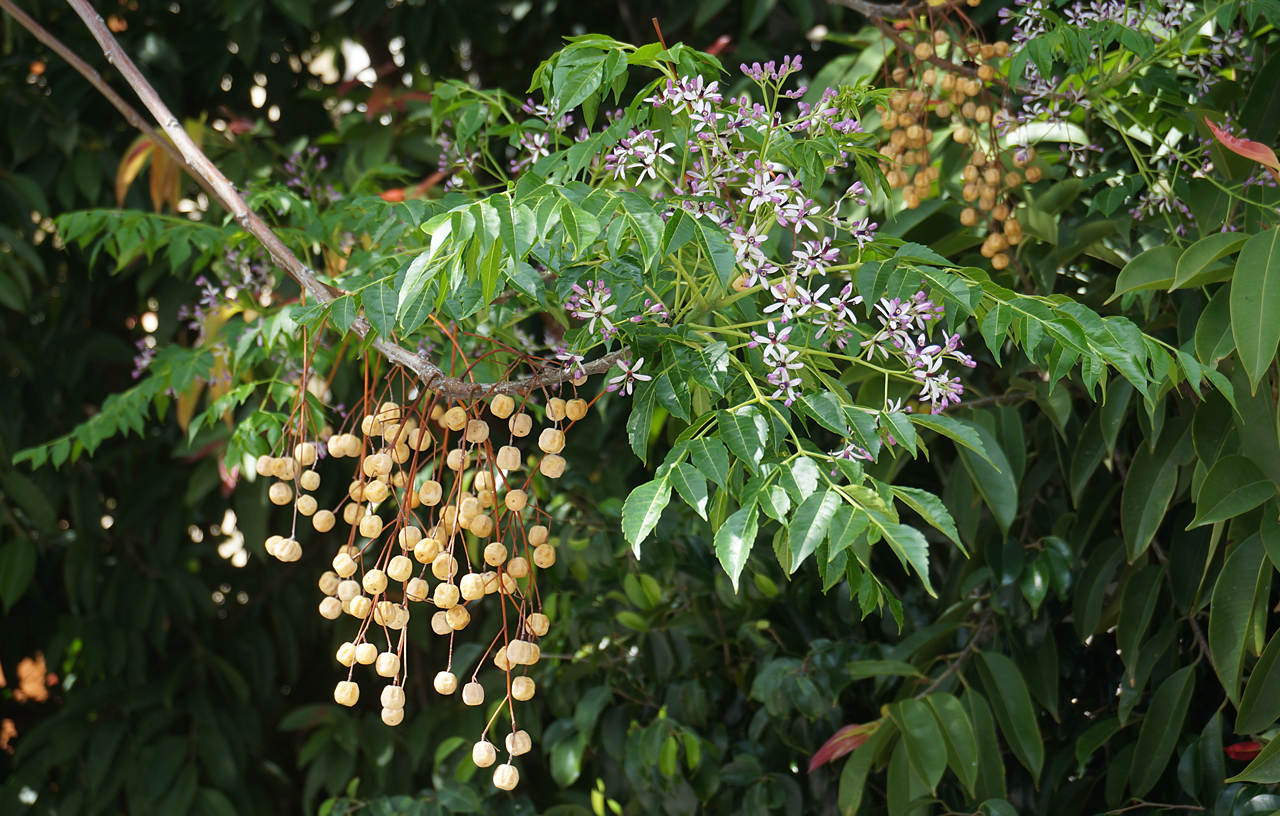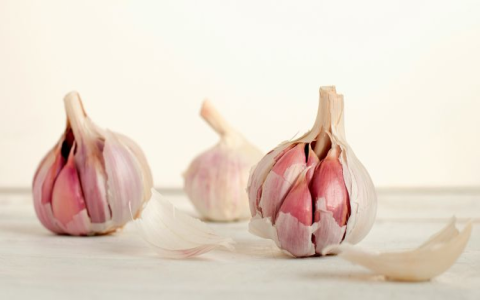Alright, so folks have been asking me about this Melia azedarach bark, or Chinaberry bark as some call it. What’s the deal with it? Does it actually do anything? Well, I got my hands dirty with this stuff, and let me tell you my story, just how it went down.
It all started a while back. My little vegetable patch, the one I’m so proud of, was getting absolutely hammered by these tiny little critters. Chewing up my tomato leaves, making a mess of my beans. I was pretty fed up, I tell ya. Tried a couple of those store-bought sprays, and honestly, they felt like a load of rubbish. Either didn’t work, or I was just paranoid about what chemicals I was putting on my food.
How I Even Got Onto This Bark Idea
So, one afternoon, I’m grumbling about it to Old Man Fitzwilliam down the road. He’s one of those chaps, you know, been gardening since dinosaurs roamed the earth. He just chuckled and said, “Ever tried Chinaberry bark?” I was like, “Chinawhatnow?” He told me his granddad used to make a brew from it to keep bugs off the plants. Sounded a bit like old wives’ tales, but hey, I was desperate and kinda curious.
Why was I even listening to old garden tales instead of just ordering something stronger online? Well, to be honest, I’d had this weird skin rash a few months back after using some super-strong weed killer, the kind that promises to nuke everything. Scared me a bit, that did. Made me think twice about what I was spraying around. So, Fitzwilliam’s idea didn’t sound so crazy after all. Plus, we actually have a couple of those Chinaberry trees growing wild at the edge of our property. Figured, why not?

The Great Bark Harvest
Getting the bark, now that was an adventure in itself. I wasn’t about to go hacking away at a healthy tree, mind you. I looked for branches that had already fallen or were dead. Managed to find a decent amount. Some bits were thick, others were thinner. I just gathered what I could. Spent a good hour on it, getting scratched by twigs and whatnot. Felt a bit like a forager from a history book.
Brewing Up a Storm (Or a Bug Repellent)
Next up, making the actual stuff. This is where it got interesting.
- First, I tried to clean the bark, brushed off the dirt and any mossy bits.
- Then, I chopped it into smaller pieces. This was tougher than I thought. Some of it was pretty woody. My kitchen knife wasn’t too happy.
- I threw all the bits into an old pot, covered them with water, and set it to boil. Let it simmer for, oh, must have been over an hour. The kitchen started smelling really… earthy. Not bad, just very, very natural.
- After it cooled down a bit, I strained the liquid through an old cheesecloth. Got this dark, tea-colored water. That was my potion.
The Moment of Truth: Spraying My Poor Plants
I poured some into a spray bottle. Was I confident? Not really. I felt a bit silly, to be honest, armed with my homemade tree-bark tea against an army of bugs. I did a little test spray on a single leaf first, just in case it decided to melt my plants. Seemed okay after a few hours.
So, the next morning, I went out and sprayed all the affected plants. Gave them a good dousing. The smell was quite strong, that earthy scent again. At least it wasn’t chemical-ly.

So, Did This Miracle Bark Actually Work?
Well, here’s the kicker. The day after, I went to check. And you know what? There were definitely fewer bugs. Not completely gone, no magic disappearing act, but a noticeable reduction. The little critters seemed to be avoiding the leaves I’d sprayed. So, that was a plus.
However, and there’s always a however, isn’t there? Some of the more delicate leaves looked a tiny bit… stressed? I couldn’t be sure if it was the spray, or the sun, or just my imagination. It wasn’t major damage, but it made me think this stuff is potent. It’s not just colored water, that’s for sure.
I reapplied it after a few days, especially after a bit of rain. It seemed to keep the bug numbers down to a manageable level. Didn’t wipe them out, but it helped. It wasn’t a set-and-forget solution like some of those heavy-duty chemicals claim to be (though they never really are, are they?).
My Final Thoughts on This Bark Business
So, what’s my takeaway from this whole experiment with Melia azedarach bark? It’s a mixed bag, really.

It does seem to have some effect on pests. That much I saw with my own eyes. And it’s a natural option, which is a big tick in my book, especially after my weed killer scare. Plus, there’s a certain satisfaction in making something yourself, from scratch, using what’s around you.
But man, it’s a heck of a lot of work. Finding the bark, chopping, boiling, straining… it takes time and effort. It’s not as convenient as grabbing a bottle off the shelf. And you gotta be a bit careful, I reckon. Just because it’s natural doesn’t mean it’s totally harmless to everything. Those slightly stressed leaves were a reminder.
Would I use it again? Yeah, probably. For specific situations, when I have the time and the inclination. It’s not going to be my go-to for every single garden problem. But it’s another tool in the woodshed, so to speak. And it was an interesting process, learning and trying something old-school. Sometimes these old ways have a bit of wisdom in them, even if they’re not perfect. You just gotta try it for yourself and see, right? That’s what I did, anyway.

